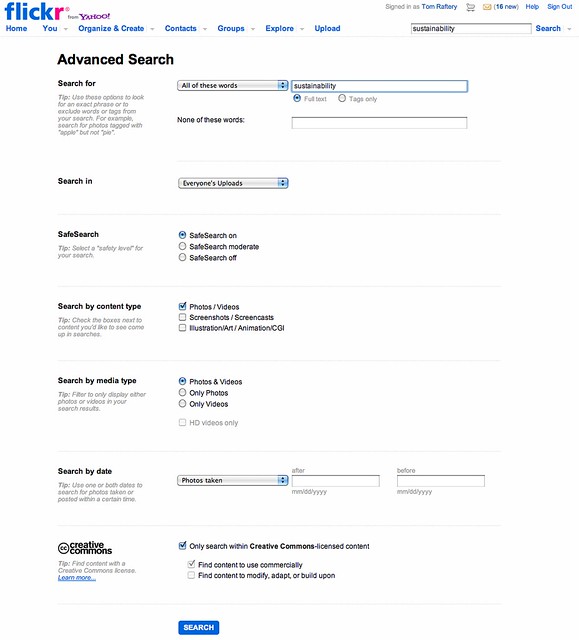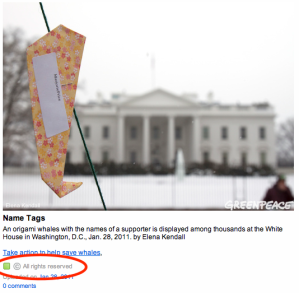I recently resurrected my old Tom Raftery’s Social Media blog and re-branded it Tom Raftery’s Social Sustainability. I will be blogging there from time to time on the intersection of my two passions, Social Media and Sustainability. I’ll cross-post my blog posts from there on this site as well so you can read them on either site.
Here’s my first post from earlier today, titled Social Sustainability and the importance of sharing:
I wondered for a while what to post on first here after the re-branding of the site and the new focus on Social Sustainability.
First I thought about doing a post about blogging seeing as it is one of the most basic building blocks of social media but then I took a step further back and decided to talk about Social Media and Sharing!
Why? Well, sharing of content is essentially the raison d’?tre of Social Media, whether it is sharing it privately behind your corporate firewall, or sharing it with as many people as possible on the public Internet. And that’s really the key thing, isn’t it – you generally want your social media generated content to reach as large an audience, as possible.
So, how do you do this?
There are many strategies you can rollout to try to maximise the reach of your sustainability message – everything from ad campaigns to search engine optimisation – however, one of the less discussed ones that I wanted to mention is the use of Creative Commons licensing.
What is a Creative Commons license?
These are like the opposite of the “All Rights Reserved” notice you often see associated with works online – it is the default copyright on a lot of online content and it means that the owner of the copyright reserves all rights around distribution of the content. Obviously, if you want to get your message to the widest possible audience, you want to be sure it is not licensed as All Rights Reserved.
There are different forms of Creative Commons license – from the Creative Commons 0 – which is the least restrictive and is basically a legal tool for giving content into the public domain, through to the most restrictive Creative Commons license which says people are free to re-distribute your works as long as they 1) give you attribution, 2) share the content under a similar license and 3) do not use it for commercial purposes, and various shades of licenses in between.
So, any sites you are creating content on, be sure that you have made it clear to people that they are free to re-distribute your content for you on other sites by displaying the Creative Commons logo along with your content.
So, why the Flickr Advanced Search screenshot above?
Well, when I’m writing blog posts I like to include images to make them look more presentable, however, I don’t want to potentially fall foul of copyright restrictions. Luckily the Flickr Advance Search page allows you to restrict your search to only Creative Commons licensed images. The obvious corollary of this is that if you want to increase the viewership of your images (or any other content, including blog posts, videos, audio, etc.), apply a Creative Commons license to it.
By the way, if you are wondering how to go about getting a Creative Commons License for your content – head on over to the License Your Work page on the Creative Commons site and follow the instructions there.
And if you are looking for the Creative Commons license associated with this article, see the bottom of the right-hand side sidebar.
UPDATE – Al Jazeera created a Creative Commons site for distribution of their news. When the uprising broke out in Egypt recently, traffic on Al Jazeera’s site went up by 2,500%
You should follow me on Twitter here
Photo credit Tom Raftery


